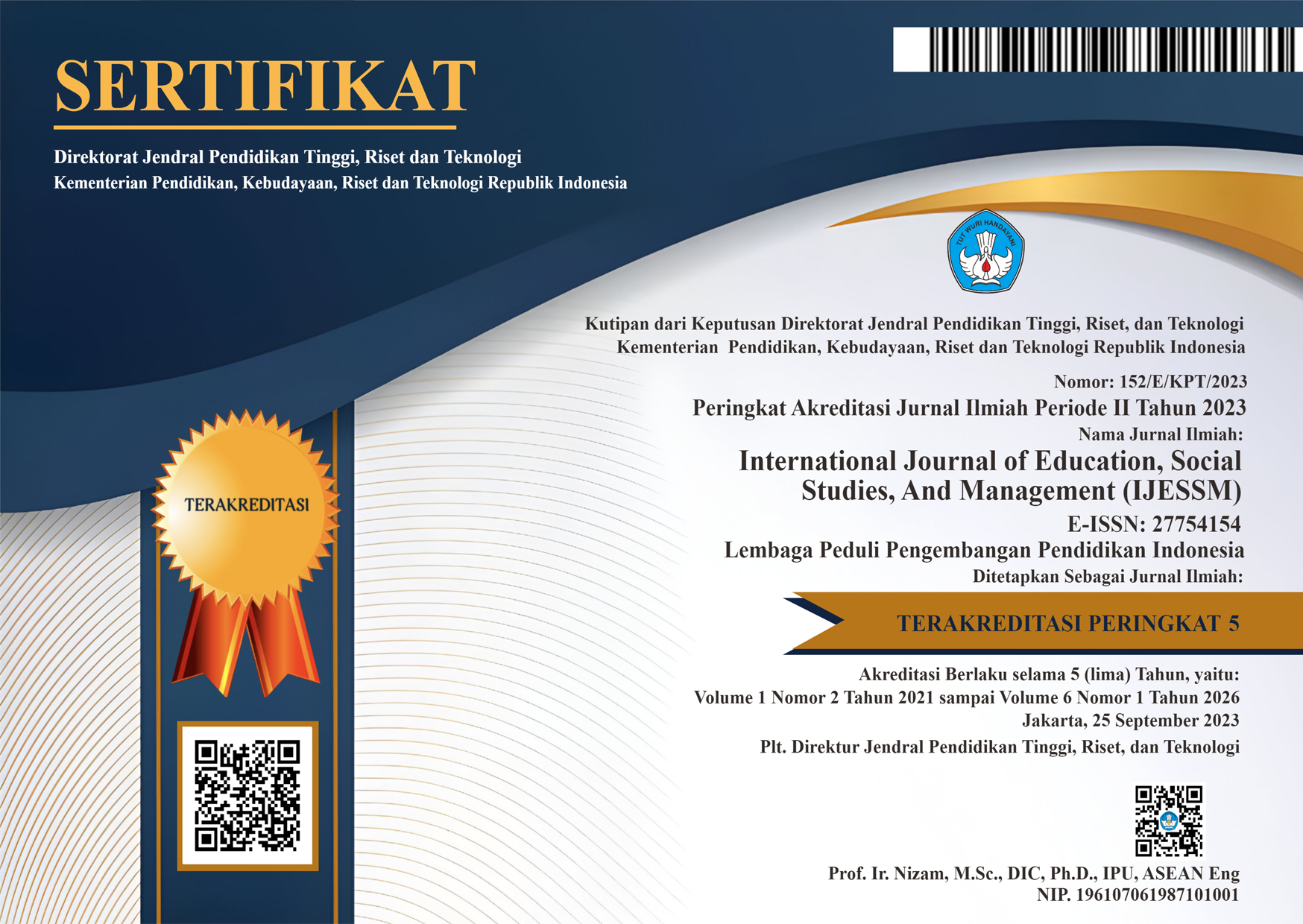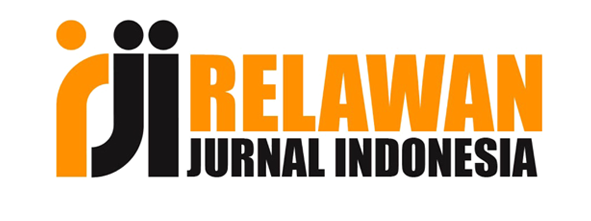Change Management Strategy in Improving Teacher Performance in Junior High Schools in Sintang District
DOI:
https://doi.org/10.52121/ijessm.v4i3.446Keywords:
Educational Change Management, Educator Performance ImprovementAbstract
The objective of this research is to determine the most effective change management strategies for enhancing the performance of educators in junior high schools throughout the Sintang District. Educational institutions, such as junior high schools, are confronted with the demands of a dynamic work environment, as well as technological and social changes. Interviews, documentation, and observations are employed in this qualitative descriptive research to gather data from school principals and instructors regarding the modifications implemented. The research findings indicate that educators' performance is enhanced by the implementation of a change management strategy that adheres to John P. Kotter's model, which involves three stages: terminating outdated policies, initiating change, and implementing new policies. Classroom management, learning methods, student assessment, and educational vision and mission are among the modifications. The successful implementation of new policies requires the active participation of all members of educational institutions, as well as effective communication and strong leadership. It is the conclusion of this investigation that effective change management strategies not only enhance the performance of educators but also equip schools to confront future educational obstacles.
Downloads
Published
How to Cite
Issue
Section
License
Copyright (c) 2024 International Journal Of Education, Social Studies, And Management (IJESSM)

This work is licensed under a Creative Commons Attribution 4.0 International License.

















